Red Sea Crisis Brings ‘Vessel Bunching’ to Pandemic Peak
Sea-Intelligence reports that vessel congestion on the Asia-North Europe trade has returned to its pandemic peak due to the Red Sea crisis, increasing the risk of port congestion.
(1).webp)
Source: HLAG
In its latest analysis, Sea-Intelligence delves into the phenomenon of “vessel bunching,” defined as the number of sailings in a given week exceeding the number of weekly services.
The Danish maritime data analytics company explains: “From a network design perspective, for every weekly deep-sea liner service, one vessel would be scheduled to depart from an origin region each week. However, in the real world, a shipping line can have multiple vessels departing in the same week, on the same service. This can be caused by vessel delays, where a delayed vessel slides into the following week, vessel shortages where shipping lines deploy two smaller vessels to replace a larger vessel, or because of extra-loader vessels to cater to excess demand/cargo backlog.”
For example, if there are 17 sailings in a week and there are 15 weekly services, the “vessel bunching” is 2.
.webp)
Source: Sea-Intelligence
Sea-Intelligence analysts calculated vessel bunching as an average seen over a 10-week period and looked at the Asia-North Europe trade.
In the eight years before the pandemic, congestion levels were relatively low, while the pandemic has caused an extreme increase, according to analysts, who also see a return to normality by the end of 2023. However, the Red Sea crisis has caused a new spike in congestion, returning to levels close to the peak of the pandemic.
“Higher vessel bunching creates a larger pressure on ports and terminals,” notes Alan Murphy, CEO of Sea-Intelligence. “While the offered capacity might be the same when seen over two weeks i.e., no vessel sailing in one week followed by two vessels sailing in the following week, having two vessels depart in one week and zero vessels in the second week creates an extraordinarily high workload in one week and none in the second week.”
Murphy points out that this increases the risk of port congestion and, as a ripple effect, a similar crisis in truck, rail and barge capacity utilization.
“Vessel bunching can therefore be seen as a proxy measure for the pressure on ports and the corresponding likelihood of congestion problems. As such, given the data, there is no indication that the pressure on ports is about to be alleviated,” concluded Murphy.
Read more:
- ILA union at US East and Gulf Coast ports to resume contract talks in November
- International shipping and logistics market update - Week 43/2024
- Suez and Panama Canal Disruptions Threaten Global Trade and Development: UNCTAD
- Cargo volumes soar at Singapore Changi Airport
- Maersk raises 2024 profit forecast
Source: Phaata.com (via Sea-Intelligence)
Phaata.com - Vietnam's First International Logistics Marketplace
► Find Better Freight Rates & Logistics Services!

















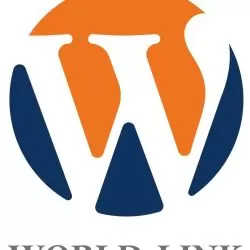





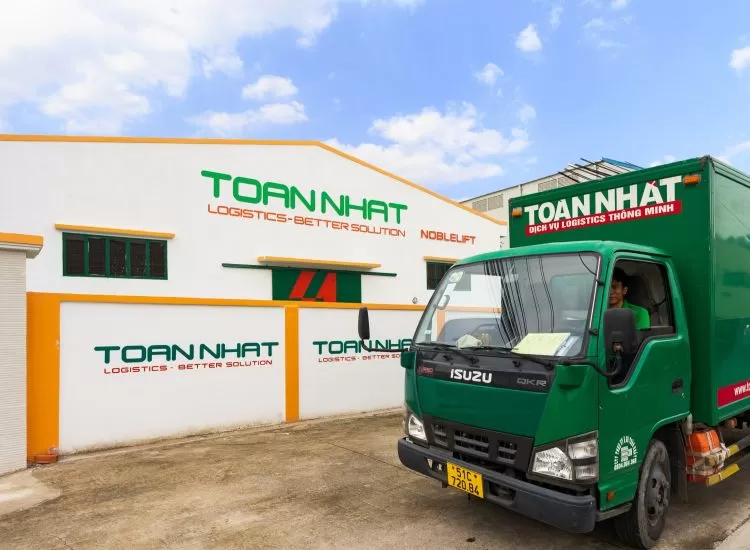
.webp)
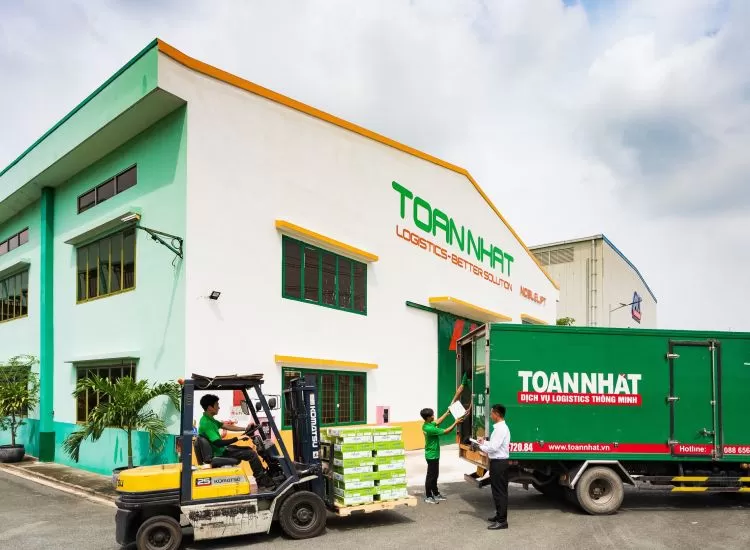
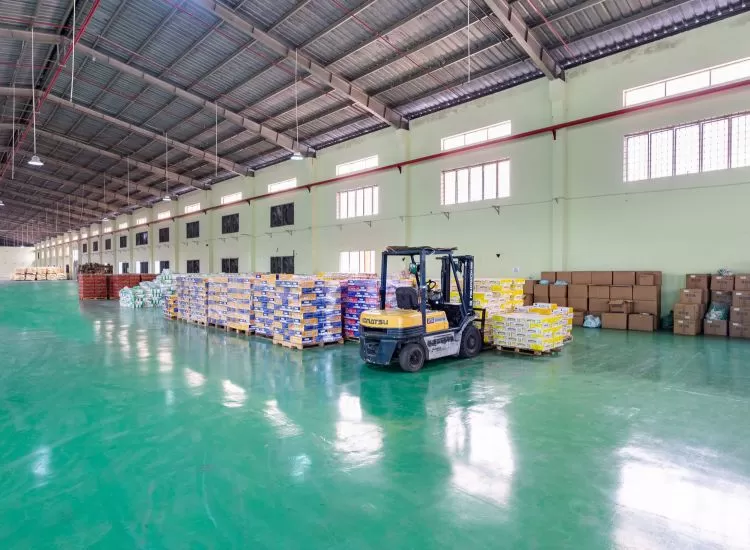

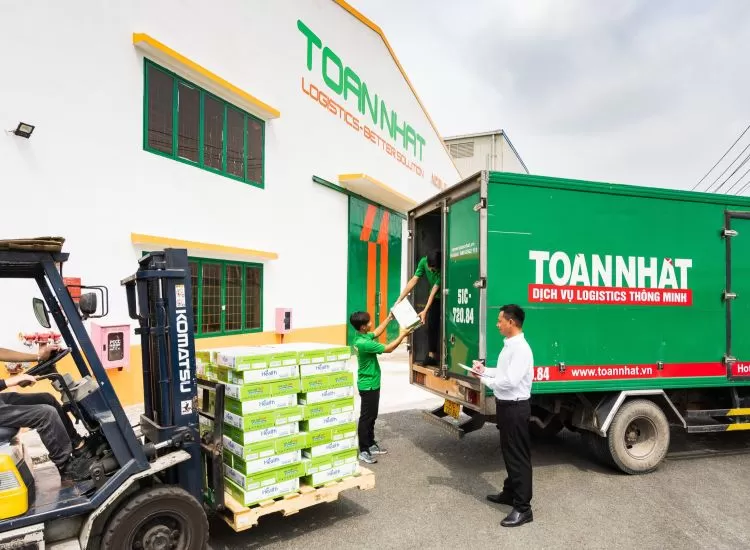
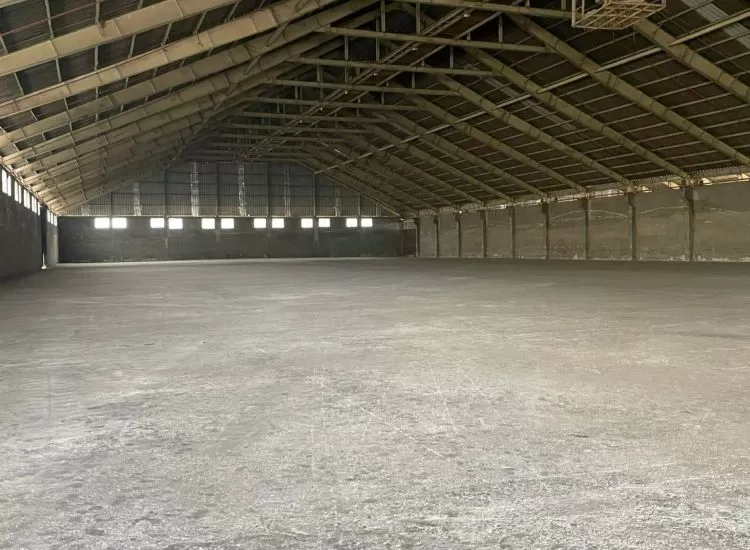
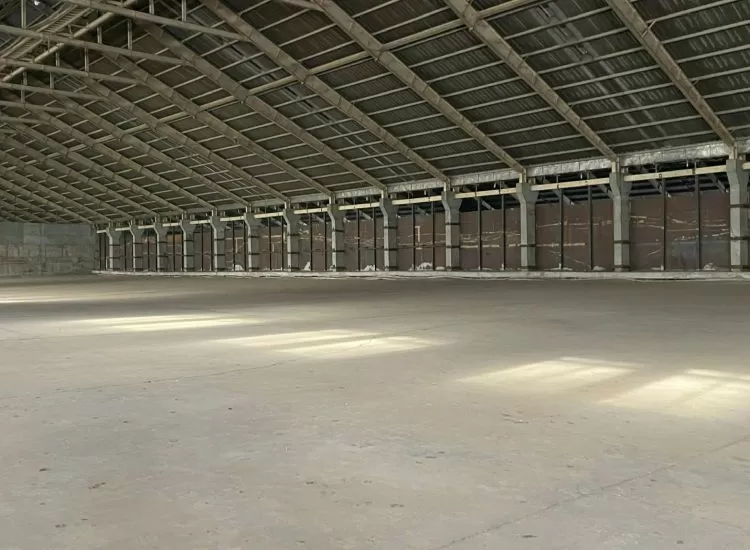



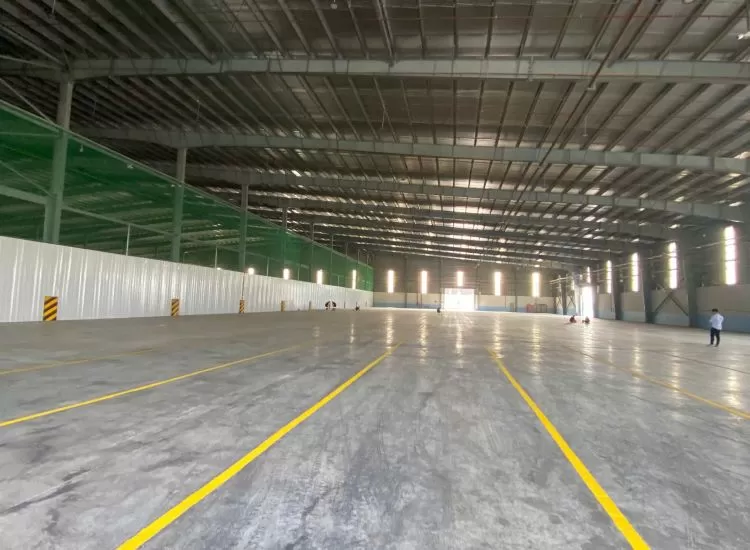




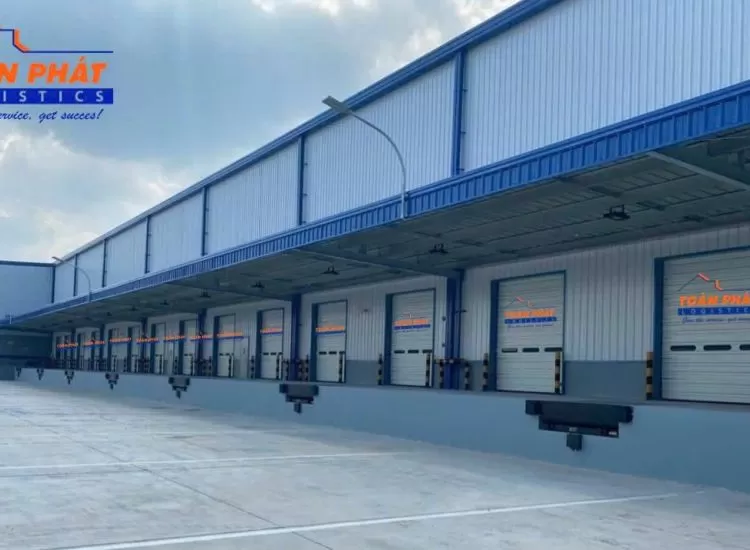
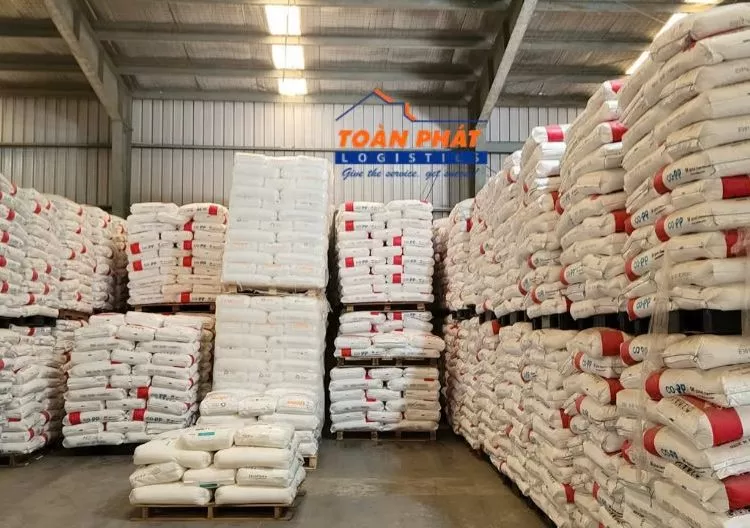
.webp)